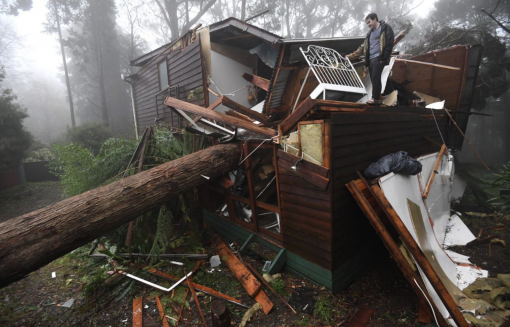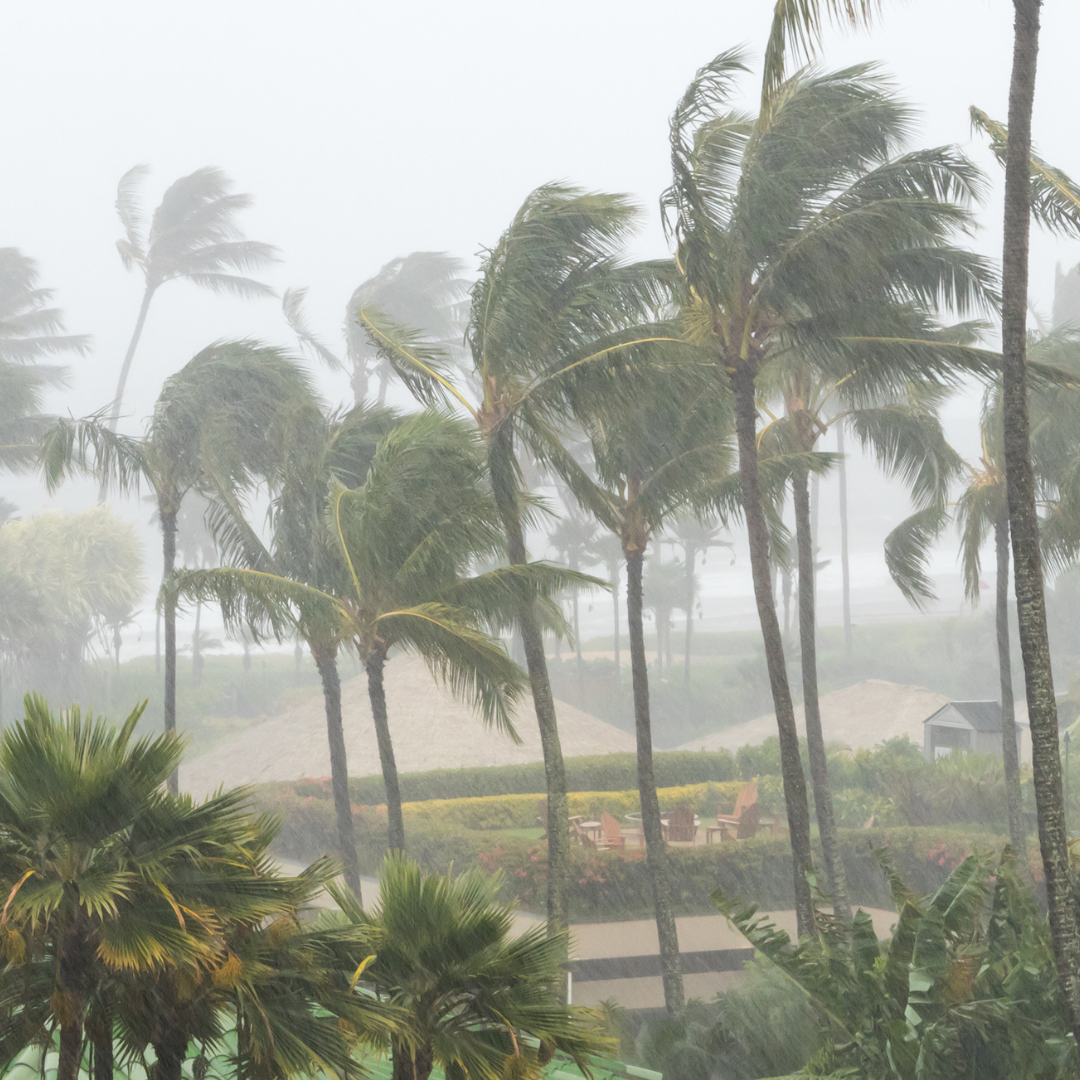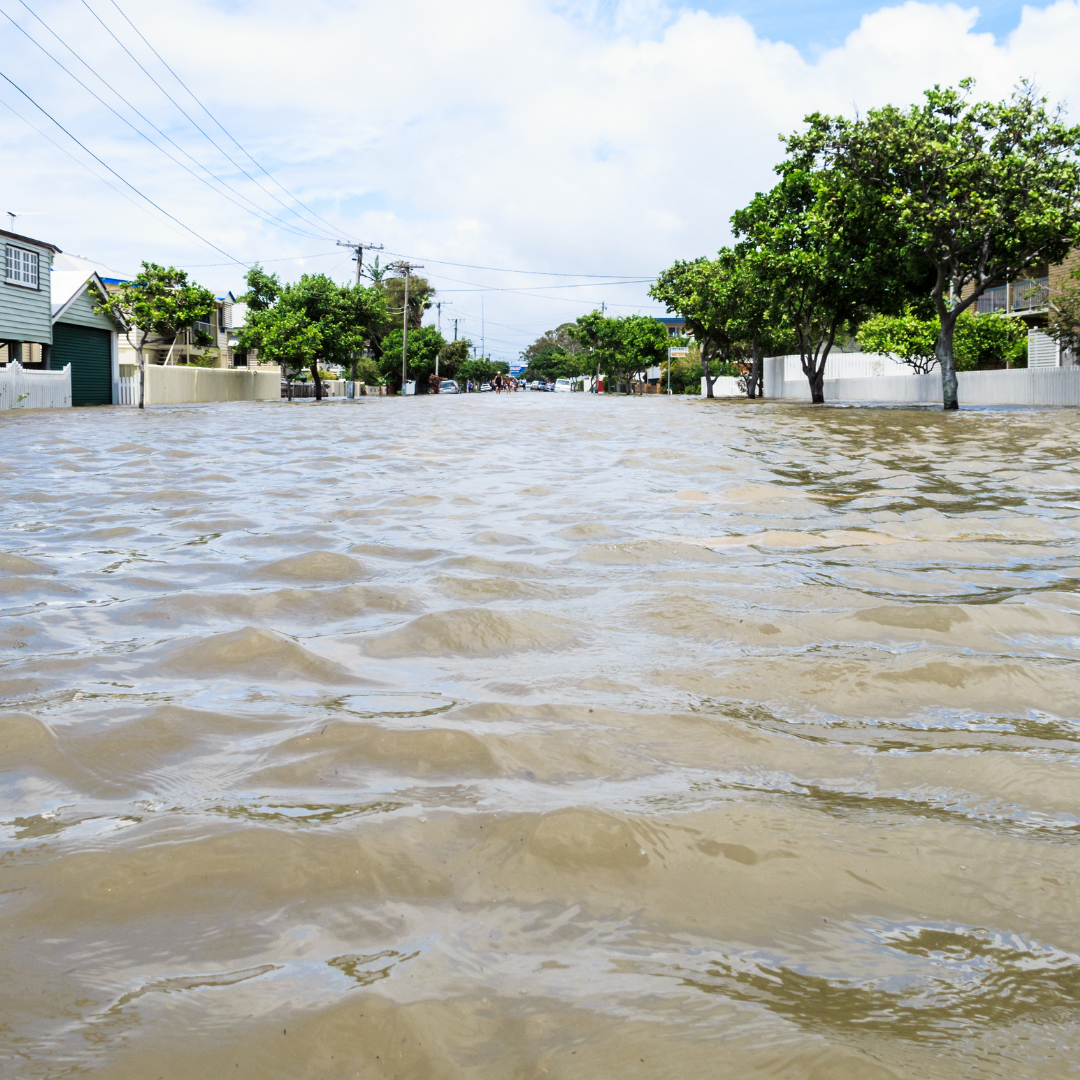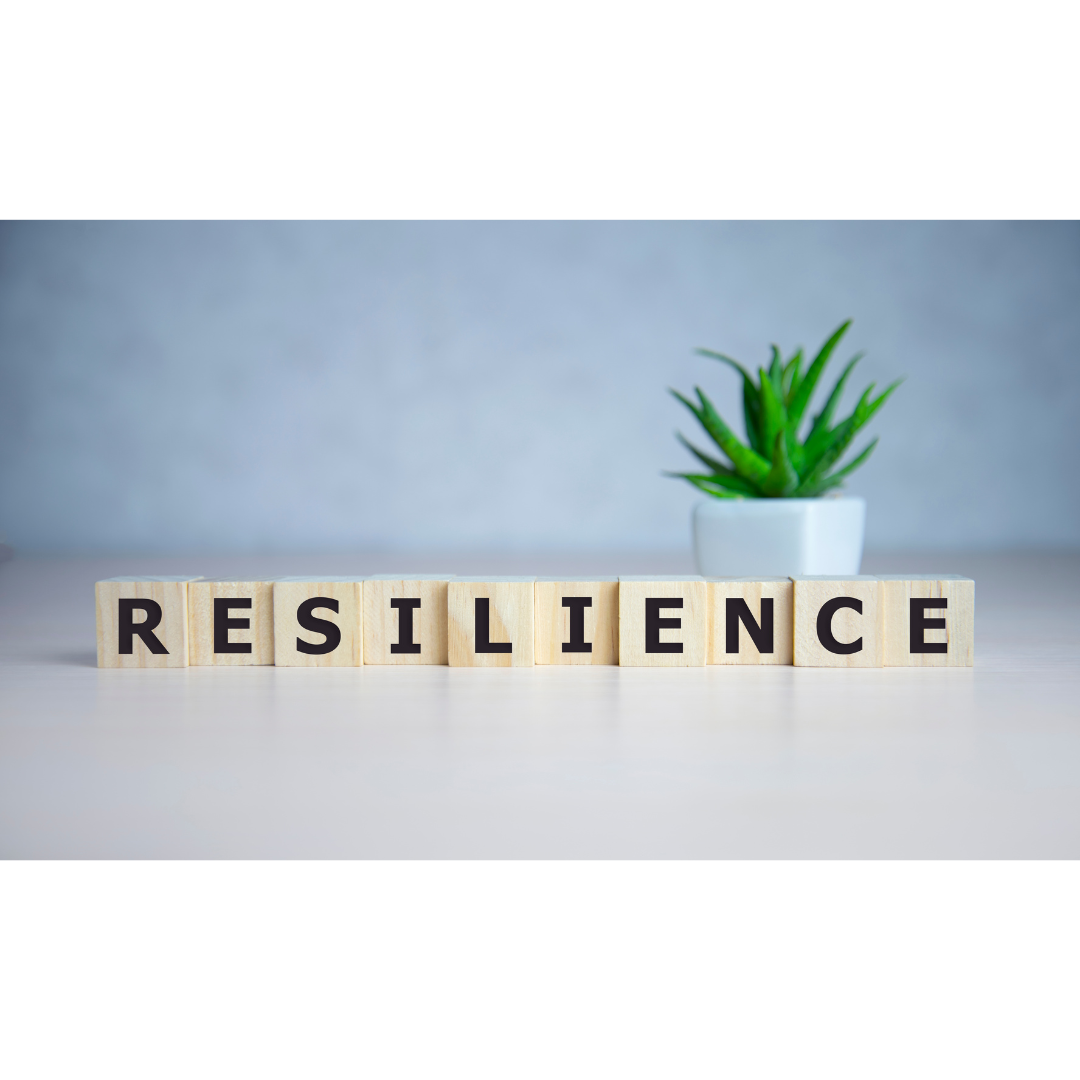Natural disasters such as storms and heavy rainfall are an inevitable risk for electricity and energy companies in Victoria. These disasters directly affect the distribution of electricity to homes and businesses. Delays in electricity distribution can leave towns, cities and states without energy, affecting their daily activities, transport, medical services and businesses. Natural disasters such as extreme storms not only disrupt power lines preventing electricity to be distributed but also limit accessibility which can then further prevent the restoration of power.

A severe weather warning was issued on Wednesday 9 June with over 40ml of rain expected in some areas of the state and winds of up to 119km p/h. The most affected areas were in Eastern Victoria including the Dandenong Ranges, Gippsland, Woodend and surrounding suburbs. The level of destruction in these areas caused by flooding and fallen trees was unexpected. Thanks to softened soil from rainfall and high winds at atypical directions, trees up to 100 years old fell damaging homes, cars and essential power lines for electricity distribution.
The power company responsible for managing the electricity distribution to Victoria’s east have informed their customers it may take longer than three weeks before power is restored to people’s homes. The extreme delay has sparked a wave of discussion in the community. Society has adapted so rapidly to the electronic age; where almost everything relies on power, however; do we have the resources in our homes to accommodate for an outage of electricity? Have we become too reliant on power in our homes and how can we prepare for natural disasters in the future? Let’s discuss further.
What is causing the severe delay?
There are many factors contributing to the accessibility of power in the affected regions. The extreme level of damage, the remote locations and a lack of access to the affected areas are some of the main problems. Road access in many places is limited making it difficult for large vehicles such as emergency services, woodchippers and trucks to reach damaged power lines positioned on narrow and unstable roads. After a storm priority is placed firstly on clearing roads, then removing un-fallen trees that propose a threat to the safety of the emergency workers and finally the restoration of damaged power lines. The responsible power company are required to go in and rebuild each individual power line that has been effected by the storm. However, power cannot be turned back on until all lines in the area have been fixed, explaining the severe delays.
What are the consequences to the community?
Residents have been without power for 14 days now limiting their access to a fridge, heater, internet, mobile phones, and landlines therefore having a huge impact on people’s livelihoods. Communications have been at a disadvantage with smart phones going flat due to their battery life of approximately 16 hours. The switch to NBN services for landline home phones has also raised issues around communication in the event of natural disasters. Homes that rely on electricity to power their phones have been disadvantaged when trying to access safety reports, news and alerts. The vulnerable are in danger, especially those living alone. An elderly woman was sadly found on Monday in her home dehydrated and undernourished. The importance of resident’s mental health must be taken into consideration with the pandemic and lockdowns already playing a significant part on resident’s mental wellbeing.
How can homes prepare in the future?

Electricity distribution companies that are highly impacted by power outages should provide customers with an emergency action plan, these can usually be found online. Having a hard copy printed version in the home allows residents to review steps in future outages where there is no access to the internet.
Power safety kits are a practical measure to help reduce consequences of a power outage. Kits containing torches, candles, non-perishable food, water, batteries and an AM radio are a simple and effective resource to have in every home.
How do businesses prepare in the future?
Businesses have also been largely affected showcasing the high importance of implementing a business continuity plan in times of natural disasters. Business continuity plans consist of integrated scenario planning with outlined steps that organisations will take to ensure that essential processes can be maintained in emergency situations. When such a crisis occurs, the importance of having strategic recovery plans in place is made clear.
Managing such risks and having procedures in place to ensure that your business is prepared for any emergency can mean the difference between a disaster having only short-term effects on your business or long-term effects on profitability and company value. How can your business stay afloat – pun intended – with no electricity? It all comes down to a flexible business model with consideration for extreme circumstances such as these. The goal is to be prepared for the worst and hope it never comes rather than expecting that the worst will never happen.
Having a Business Continuity Plan available within your organisation will give your business a competitive advantage over those that do not. We create business continuity plans for a variety of industries and hold specialised knowledge that allows us to tailor a plan to meet all your business’ specific requirements. Contact our team at Resilient Services today and let us make your business stronger, smarter and more secure.
Featured Image: Power lines down in Sassafras. Photo: Eddie Jim. Source: The Age




